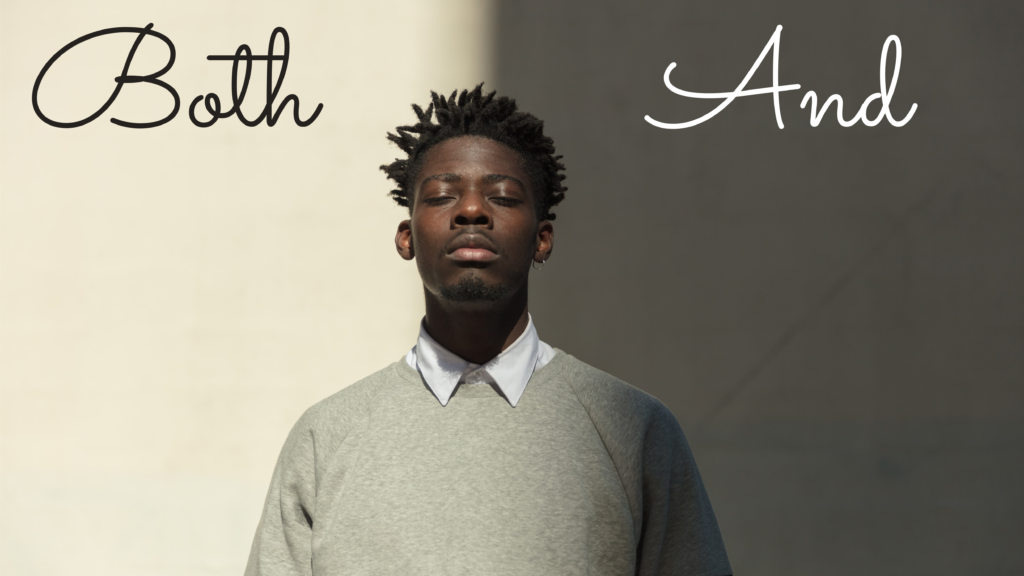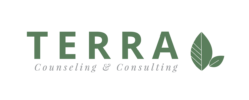
Traffic in the city today was a slow yawn. Like, eerily slow. Not your average Monday rush hour commute. It felt equal parts thrilling and disorienting to be on the city streets paddle shifting through empty lanes after weeks of hunkering down. The worn roads were suddenly less familiar, and even less comfortable in the quiet.
Today is not like every other day.
If routine is those well-worn city roads, today is potholes and roadblocks from spotty WiFi to eery streets; from interrupted conversations to unknown end dates; from choked down tears to rationed food. But then there are other moments of today that are joy in belly laughs and art projects; in deep breaths and even deeper cups of coffee.
And so goes life in quarantine. As Governor Hogan, of Maryland, issues a stay-at-home order, many have already been sheltering in place for weeks now. And I have come to expect that sheltering in place means the days are punctuated by joy AND sadness; fear AND hope; boredom AND innovation; laughter AND tears, and the list goes on.
Today is also very much like every other day.
Tears and belly laughs are the stuff of everyday life. And feeling discomfort as the sadness and joy occupy the same space is normal. To be human is to desire emotions without their antithesis, but in reality to be human is to experience those same emotions intertwined. In psychology we talk about these rival forces as dialectics. A dialectic is created when two seemingly paradoxical emotions, thoughts, behaviors, or experiences coexist.
Dialectics – Oppositional Forces
Sometimes these oppositional forces exist externally between ourselves and others. At any given moment in the last two weeks you may have felt the tension between self-protection and altruism: “Do I buy the last mask or leave it for someone else? Do I get out of the house to alleviate my boredom or do I stay in to protect others? Do I choose to interact with my kids or do I hide in my room and hope my spouse will entertain them?” At other times those dialectics are internal. “Do I give voice to the many losses I am facing or do I stuff my grief into a deep, cavernous hole?”
Dr. Judith Herman in her seminal book “Trauma and Recovery” discusses this internal dialectic that occurs when a person simultaneously wants to give voice to the horrors they have experienced AND wants to deny the same truths that are too painful for words. “The conflict between the will to deny horrible events and the will to proclaim them aloud is the central dialectic of psychological trauma.”
“The conflict between the will to deny horrible events and the will to proclaim them aloud is the central dialectic of psychological trauma.”
Dr. Judith Herman
My friends, as a culture we are living, breathing, and embodying this conflict. Daily we are choosing between giving voice to and stuffing our current reality. I see it on social media; I hear it voiced by friends and family; and I feel it lodged in my chest every. single. day. that this pandemic continues.
My friends, we are embodying the dialectics between self-protection and altruism; between feeling joy and facing pain; between springing into action and remaining still. We are living them individually and corporately, and we don’t know where to land.
The path forward begins with Both/And not Either/Or.
As I stared in the mirror this morning I looked both different and the same. I was tempted to be critical of the differences: puffy eyes, forehead creases, wrinkles. But I reminded myself to respect my body, not fight it. I reminded myself that people are different when they’re in the trenches and the forehead creases and wrinkles are hard-earned. Plus, in other ways, I’m still the same. It was a small moment but a powerful reminder of the bigger tensions that coexist.
Our tendency is to adopt an either/or approach to these oppositional forces. It’s easy to wage war on perceived negative emotions or choose between self-protection and altruism, criticizing the alternative. Viewing them as contradictions rather than counterparts damages our ability to show up in the midst of joy AND pain. It keeps us from honoring both.
So what does both/and look like between self-protection and altruism? To shelter in place does not mean to shutter our doors to kindness, compassion, and gratitude. These bold acts reconcile the either/or mentality because they are unabashedly symbiotic: we tend to our souls as we love others.
We tend to our souls as we love others.
Amy Price, MA, LCPC
We can change the dialectic when the narrative goes from “I either protect my family OR care for the greater good” to
- “Sheltering in place protects BOTH my family AND others. And that is a beautiful thing.”
- “Making masks for nurses BOTH protects the medical community AND brings joy to my family as we find loving ways to serve.”
These dialectics are internally symbiotic also as both/and reconciles our internal rivals as well. As we give voice to our grief and gently explore the losses we feel during this crisis the grief begins to subside, and in the ways it doesn’t subside, we are okay to make it our pocket companion.
As we accept that joy AND sadness can coexist the two emotions become less threatening to one another. Once they are no longer at war, we can simply be, and be presence personified.
To show up every day and bring all the dialectics with us is a daring act. Conversely, to ostracize them, or force reconciliation, or choose one at the expense of the other is to give voice to only part of our story, and is to suppress others’ stories as well.
Instead, if we can step forward with mutual respect for both sides of the story; with internal and external collaboration; and with the courage to honor the dialectics, creatively, we can be agents of change in our own lives; in our communities; and in our world.
Will you join me in this courageous act of collaboration?
If so, here are some questions to ask yourself:
- What are my internal and external pain points today?
- Which “opposing” emotions, behaviors, and beliefs are at the center?
- What are the ways I’m fighting/suppressing/denying one side of my story?
- What can I do, here and now, to honor my story instead?
- What are creative ways I can embody both/and with others?
- How could that transform my connection with them?
- What life-giving moments can I find today in serving and loving others?
My son came to me today yawning as slowly as the city streets and saying how bored he was. “Today is taking even longer,” he said (which is my cue to entertain him). “Oh my son,” I thought, “you have no idea how true that is as we face the long and slow waiting”. But as he lamented I started to make silly faces and he erupted into belly laughs. “But, mooooommmmmyyy, I’m booooored,” he said while simultaneously giving in to his infectious laughter. At that moment he embodied both/and with such elegant, child-like simplicity. He allowed the boredom and belly laughs to rise and fall together with the movement of his breath. And as I watched it unfold, it was equal parts mundane and beautiful.

Well said Amy!
Thank you!